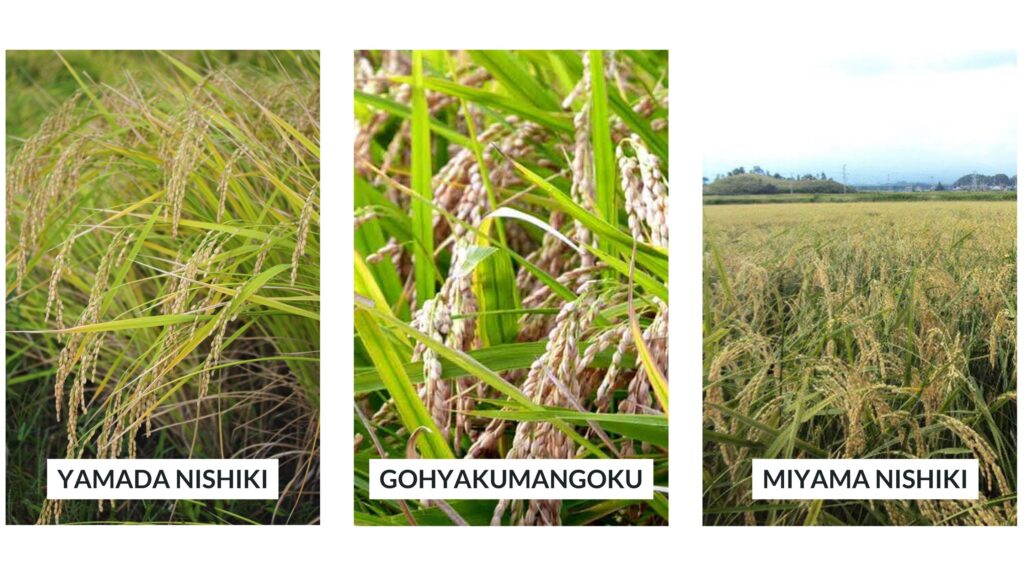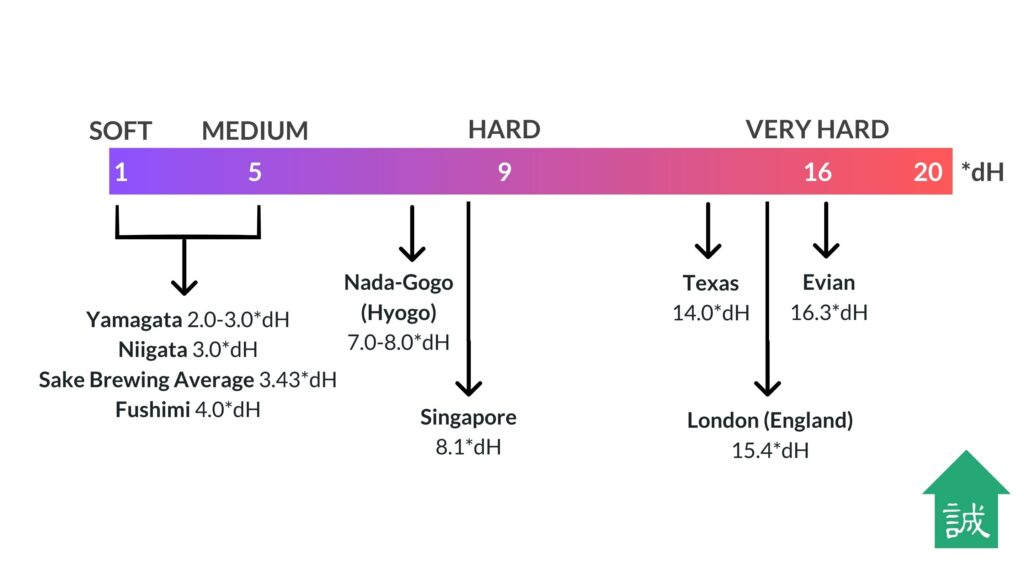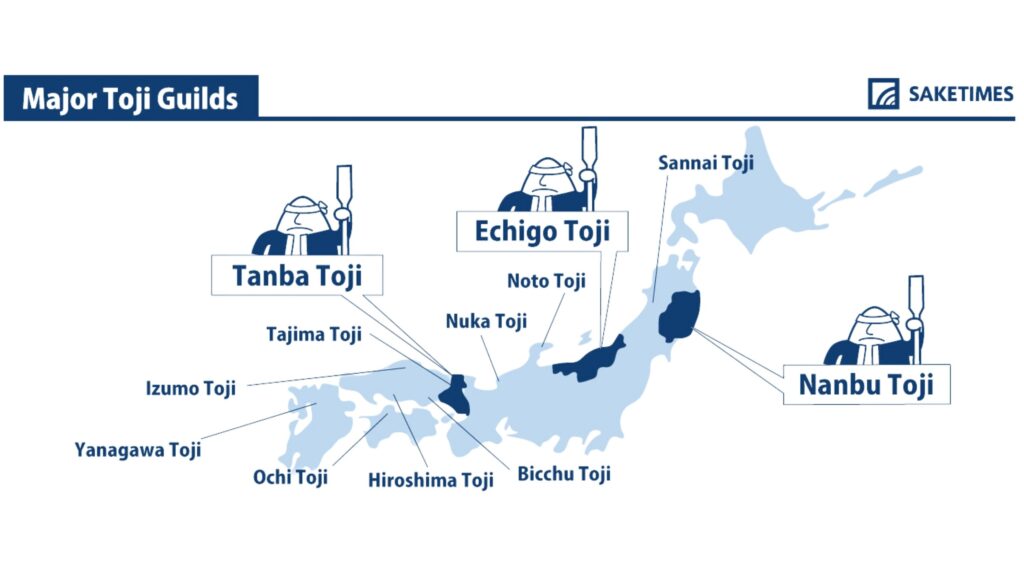Each prefecture is a vibrant chapter in the story of Sake, offering a unique blend of prefectural yeast, rice varieties, water, and brewing styles. Join us as we embark on a journey through Japan’s diverse landscapes and cultures to explore how these regional influences shape the very essence of our favorite Japanese drink.
Yeast
The yeast used in sake making is like a key ingredient in a recipe. Different types of yeast bring their own unique flavors and characteristics to the final product. Here are some yeast strains that have a big impact on the different types of sake you can enjoy. Think of it as getting to know the personalities behind your favorite sake flavors:
- #6: Isolated in 1930 by Aramasa Shuzo, Akita. Currently the oldest yeast still in circulation. Produces Sake with a light texture and aroma
- #7: Isolated in 1946 by Miyasaki Brewery, Nagano. One of the most popular Yeast strains that produces sakes with a light gentle taste and aroma.
- #9: Isolated in 1953 in Kumamoto. It produces the familiar fruity and floral aromas in Sake which we are familiar with, and is the most popular Yeast strain.
- #901: Foamless version of Yeast 9, it also produces the familiar fruity and floral aromas in Sake and is much easier to manage and consistent.
Rice Varieties
Rice used in sake brewing is different from our everyday cooking rice. Sake rice is bigger and has more starch, protein and fat content in it. While the type of rice used in the brewing process is important, the way they are planted also affects the quality of the resulting sake. Even the distances of which the seedlings are planted at play a part in the final taste.

Here are 3 popular rice varieties:
Yamada Nishiki: King of Sake Rice
Main Growing Regions: Hyogo Prefecture
Production: About 30% of total sake specific rice production
Yamada-Nishiki is popular due to it’s large grains, well defined shinpaku which makes it easy to polish. Brewer’s choose it as it is easy for Yamada-Nishiki to absorb flavours, and creates sake with a rich texture.
Gohyakumangoku : the flagship rice of Niigata
Main Growing Regions: Niigata Prefecture
Production: About 25% of total sake specific rice production
Gohyakumangoku produces sake with light aromas, textures and flavours. Suitable for Niigata style sakes that is most well known for Tanrei Karakuchi Style (Clean and Dry).
Miyaminishki : Nagano’s most popular Sake rice
Main Growing Regions: Nagano Prefecture
Production: About 10% of total sake specific rice production
Miyama-nishiki is well adapted to the cold, mountainous region of Nagano and Northern Region (Tohoku). Rich and robust, with some grip and graininess in flavours and texture.
Water
Water plays a huge part in the overall flavours and texture of Sake, as it makes up about 80% of Sake. Minerals and/or chemicals in the water may affect the fermentation process of the sake, giving it a different mouthful.

Miyamizu from Hyogo, which flows down from the Rokko mountains in Hyogo, is rich in minerals and is one of the key ingredients in making Sake. It is a hard water with a low iron content, plenty of minerals such as potassium, calcium and phosphorous that contribute to the refreshing, crisp taste of Nada Sake.
Compared to Miyamizu, Gokosui from Fushimi is a softer water, and is also one of the most famous water sources in Japan. Sakes made from Gokosui tend to be more smooth and mellow, with a slight sweet finish. This is the flavour profile of Kyoto Sakes.
Brewing Styles
Sake regionality and flavours are mostly influenced by the techniques of the different toji guilds located around Japan, and also by the rice and water of the region.

Nanbu Toji (Iwate)
Sake Profile: Crisp, Clean, Clear and Light
With more than 1500 members that work in breweries spanning across Japan, Nanbu Toji is the most travelled Toji guild in Japan. It can be found in every prefecture in Japan except for Kyushu and Okinawa.
Echigo Toji (Niigata)
Sake Profile: Clean, Dry, Smooth, Crisp
Echigo toji guild’s expertise lies in the making of Tanrei Karakuchi Style Sake, which reflects Niigata’s regional style.
Tamba Toji (Hyogo)
Sake Profile: Full, Rich, Umami driven
Tanba Toji were famous for the use of Miyamizu and Kimoto style to make their sakes, which contributes to the Rich and Umami driven flavours found in their Sake.
—
Regionality is what gives each sake its unique character and taste, each offering a sip of Japan’s rich culture and heritage. So, the next time you raise your glass of sake, take a moment to appreciate the regionality that has made it a cherished part of Japanese culinary artistry and culture. Kanpai!


